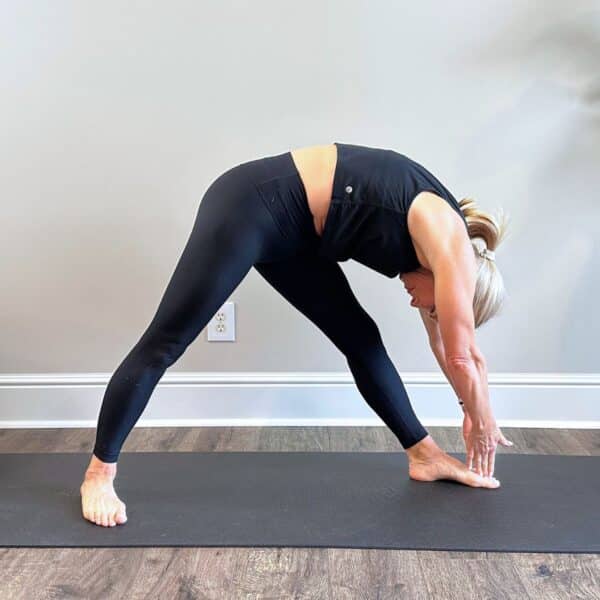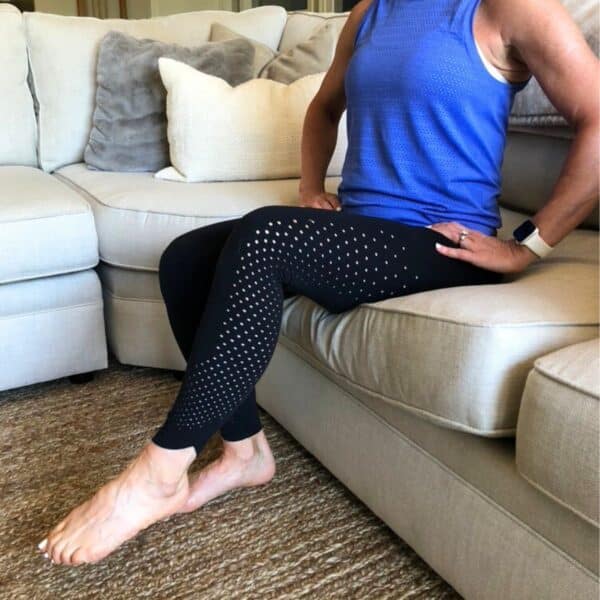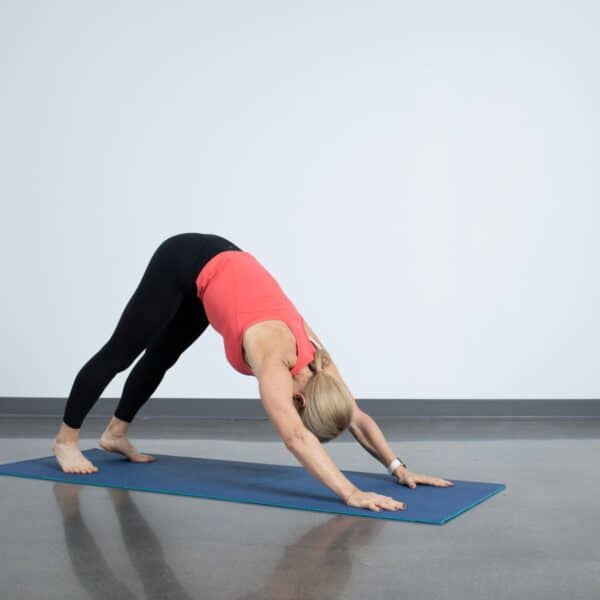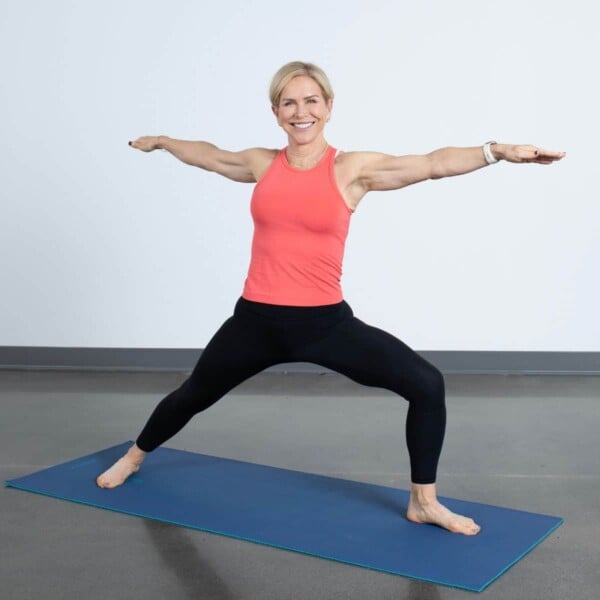This post contains affiliate links. Please see our disclosure policy.

Headstand is an inversion pose in yoga that challenges your core, upper-body muscles and tenacity as you hold your body as still as you can and breathe. Inversion poses help to build strength and power in the core and shoulders as well as well as teach you patience and persistence.
While headstand is not a pose for beginners, it is a pose that can be learned if you are willing to practice and perhaps fail a few times.
Headstand and other inversion poses also stimulate the circulatory system to calm your body down and teach you focus. Yoga Journal describes two other great benefits that come from practicing inversion poses such as headstand: discipline and determination.
Headstand is not easy and can even be scary at times to try to balance upside down. But the rewards are well worthwhile.
A couple notes about learning to practice headstand before trying it fully. First, practice Shoulder Stand and other regular yoga poses for quite some time before moving to Headstand. Second, if you have someone willing to help, its always good to try Headstand the first time with a partner to assist your legs and feet as they rise.
A second option to that would be to practice near a wall so that your legs have a place to rest the first few times as you learn.
How To Perform The Headstand Pose
- Start in a kneeling position with forearms on mat, elbows wide and hands clasped together.
- Lift knees off mat and lengthen legs. Keep shoulder blades pulled in for strength.
- Walk toes inward until your back is straight and gently lower the crown of you head to the floor in between your forearms.
- Tighten your core and lift one leg up part way, followed by the other until both legs are up and squeezing together.
- Continue to squeeze belly, butt and thighs as you raise your feet straight up above your body. Keeping pressing forearms down and lifting through feet.
- Hold for 30 seconds.






